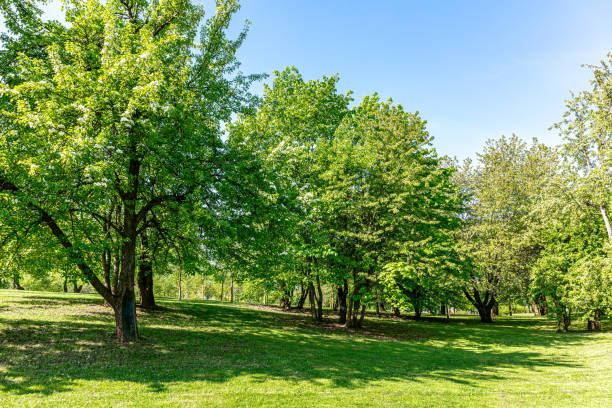Invasive trees pose a threat to the delicate balance of ecosystems in gardens. These invasive species outcompete native plants for resources and space. To combat the invasion gardeners must be able to identify the common invasive trees in their gardens.
Invasive trees are a serious problem as they often consume much more water than indigenous trees which impacts negatively on the biodiversity of the country.
Brazilian pepper tree (Schinus terebinthifolius)
These problematic invaders around the KZN and Mpumalanga provinces can potentially replace indigenous species. The tree is a poisonous and irritant tree to some animals. Indigenous birds may favour this invasive tree because of its fruits resulting in the neglect of indigenous plants and trees.
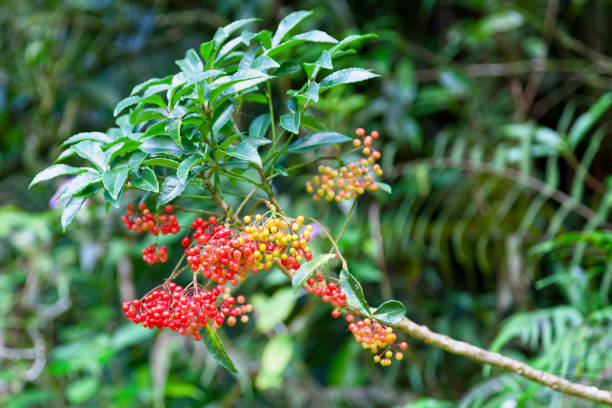
Image Credit: Unsplash
Bugweed tree
This invader tree competes with young trees in plantations, especially young pines trees, inhibiting their growth and causing stem deformation. The tree is the host of the fruit fly which is an economic pest.
Bug weed trees have no real value as they are generally avoided by most grazing animals. The unripe fruits of this tree are poisonous, and its hairy leaves can cause allergic reactions.
The Ant tree
This tree species is native to the continent of South America. Generally reaching heights of 8-10m with a straight trunk and smooth, grey bark, this tree is considered invasive, competing with and potentially replacing indigenous species. The bright green and smooth leaves on the tree are also poisonous.
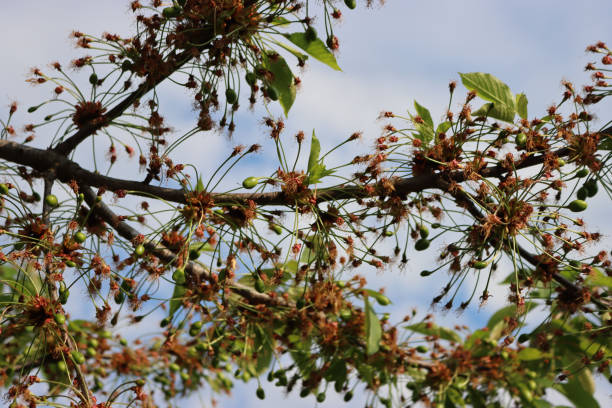
Image Credit: Unsplash
The Ash leaved maple tree
This deciduous tree is 10 to 20 m high with a spreading crown of leaves that are greenish and smooth at first, ageing to brown and rough leaves as the tree matures. This fast-growing species is particularly invasive along waterways. It crowds and shades out native plants potentially harming their growth rate.
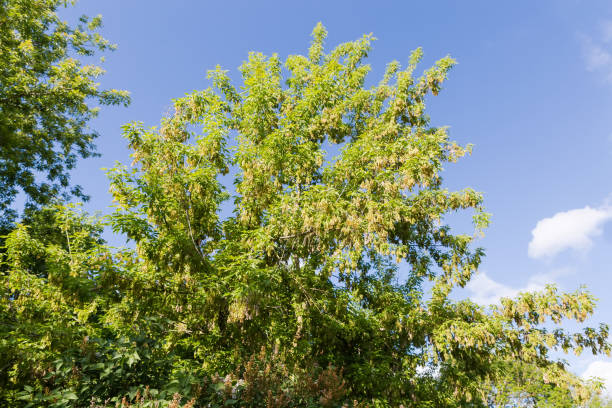
Image Credit: Pexels
Bleeding heart tree (Homolanthus populifolius)
Bleeding heart trees are these small bushy shrubs reaching just 6 meters in height, with pale grey to brown and smooth trunks. The shrub is invasive because it shades out indigenous plants. The leaves are poisonous to cattle and cause skin irritations to herds. Pollinating birds cause the dispersal of these shrubs by spreading the tree’s seeds.
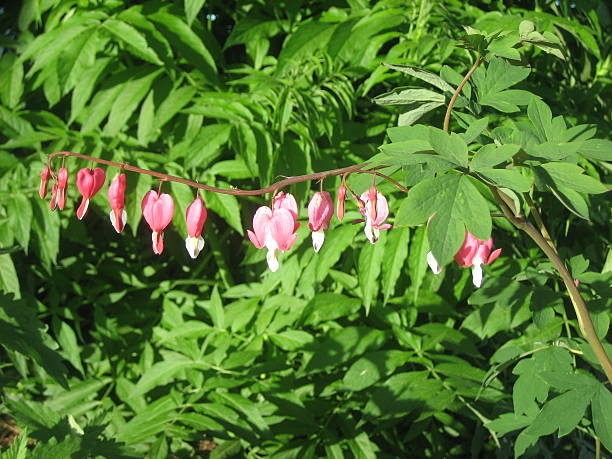
Image Credit: Pexels
ALSO SEE:
Feature Image: Unsplash

